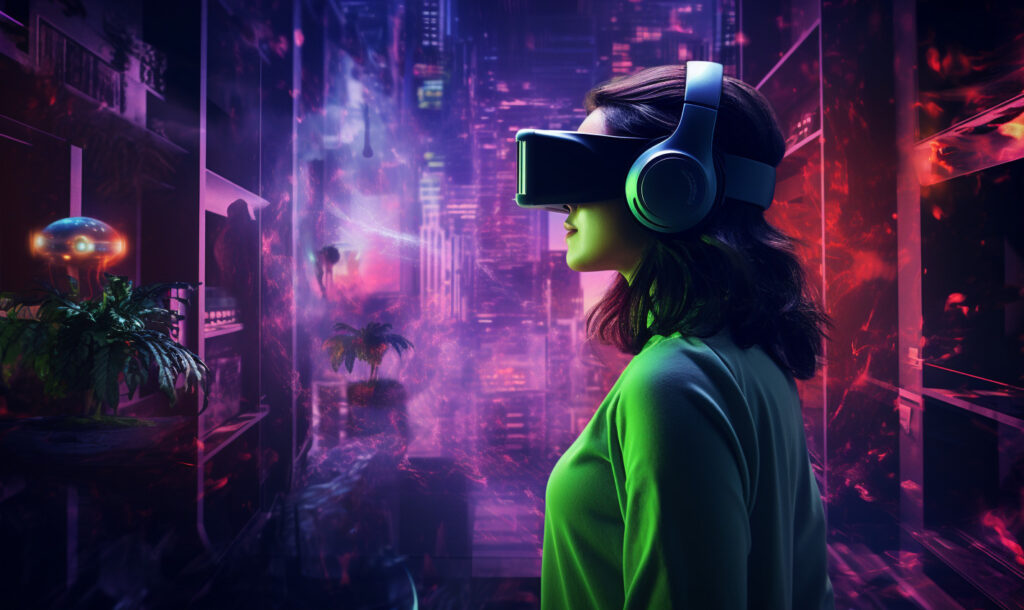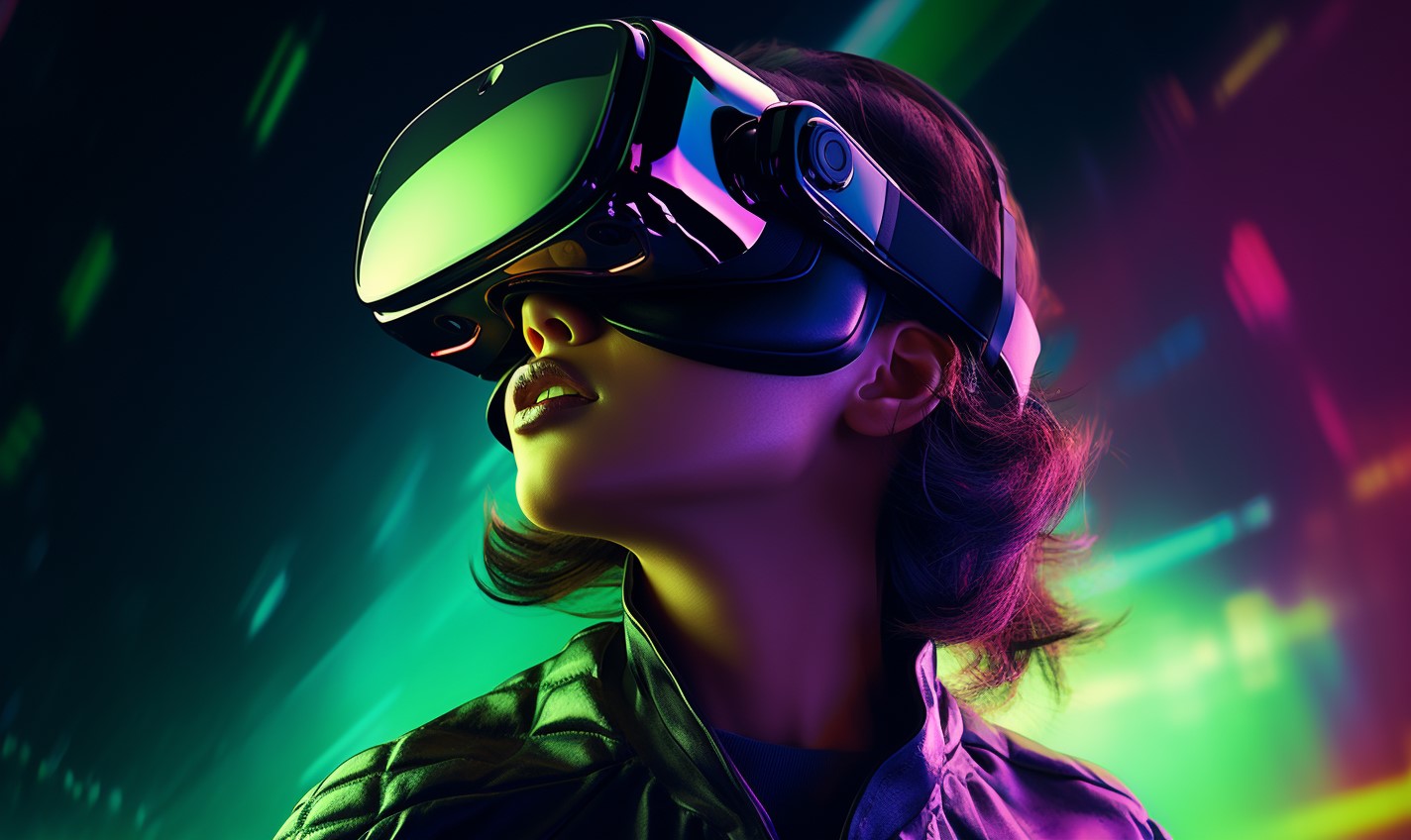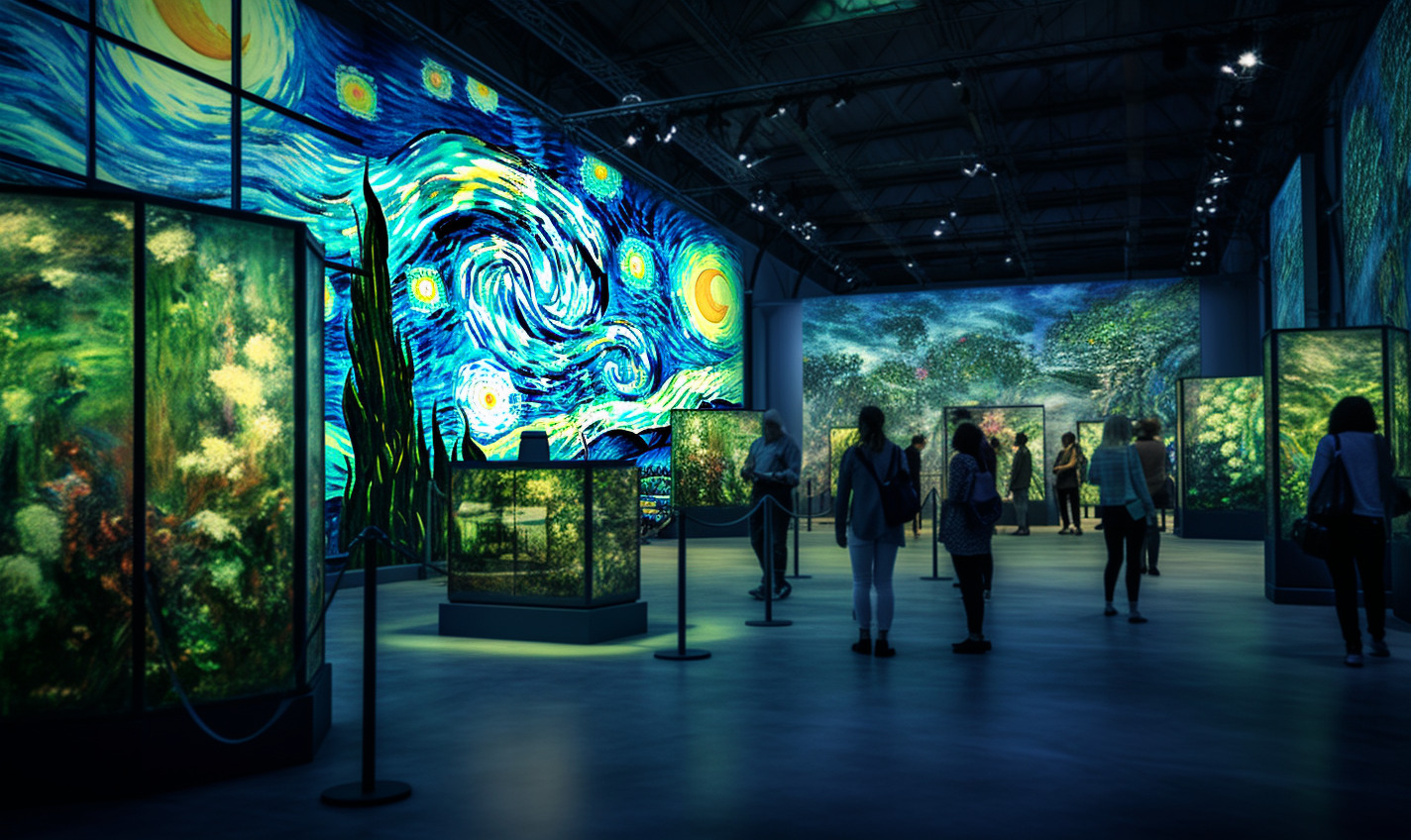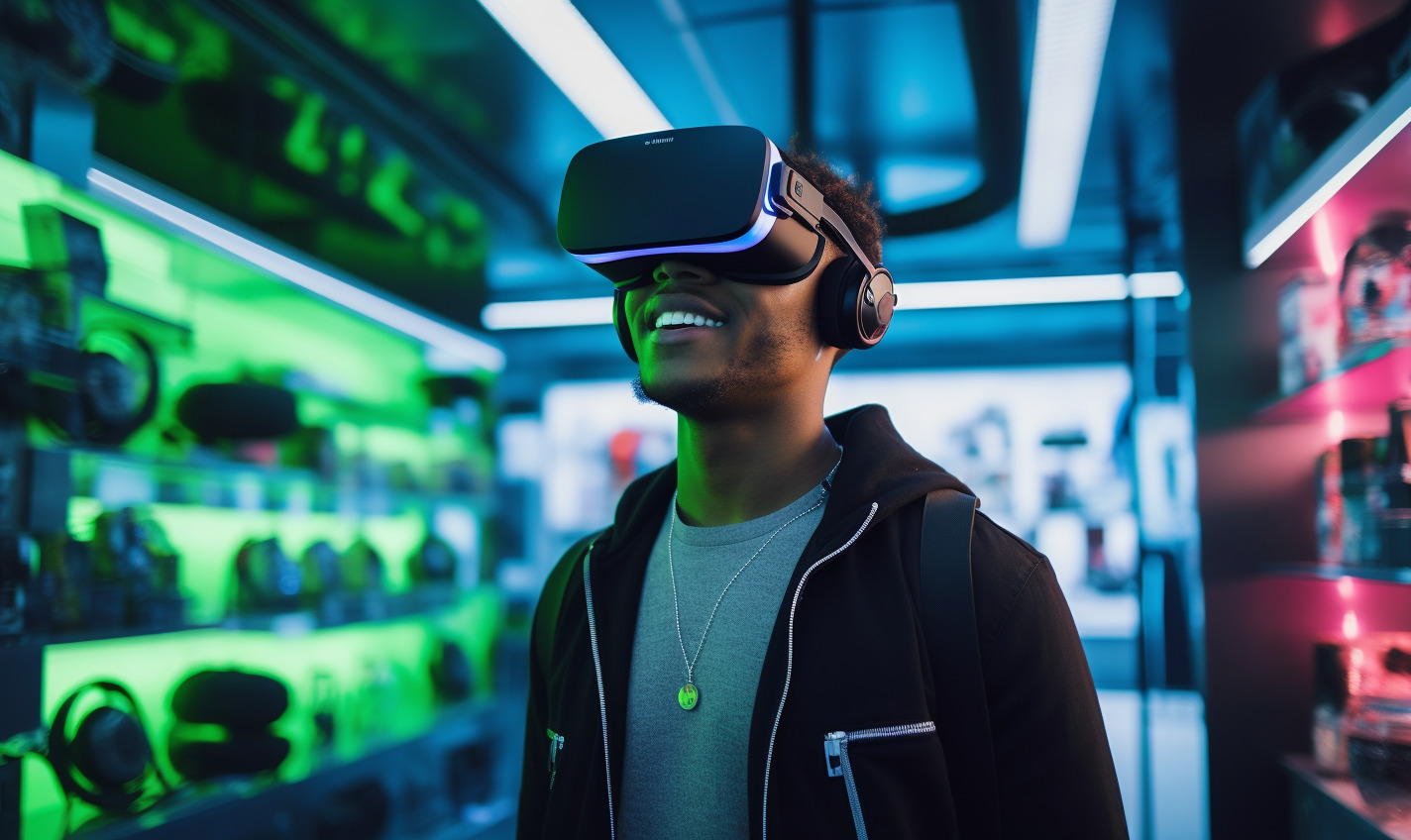Virtual reality — more commonly known as VR — has become more infused in everyday life than most people realize. VR has positioned itself as a vital component for several sectors. Learn what the 3 types of virtual reality are, how VR works and what benefits it provides.
A Step Into the World of Virtual Reality
Virtual reality is a simulation of a 3D environment where the user interacts with different virtual surroundings. Computers, software and other innovative technologies work together to bring these virtual environments to life. The world the user interacts with is meant to draw them in and resemble its own realistic reality.
Depending on the type of immersion the VR systems offer, the more the individual can feel part of this reality and block out physical surroundings. Some systems might require users to utilize additional equipment such as treadmills, headsets, gloves, controllers and goggles/glasses.
These items add to the experience and create a truly immersive world for people to get lost in. For example, gloves can have different sensors on them to simulate the feeling of holding something in your hand. It is the same story for treadmills. They act as a way for the user to get around in the virtual environment.
As stated, some industries have seen the potential of VR and have incorporated it into their daily operations. One sector that has started to rely on it a lot is the health care industry.
Surprisingly, creating virtual environments via equipment and software is not such a modern concept as many people would think. Instead, people have been working to make these systems a reality — pun intended — for decades.
What Are the 3 Types of Virtual Reality?
While virtual reality is still evolving, it is truly impressive to see how far it has come. As this technology continues to improve, it will rely on additional equipment that engages multiple user senses to create incredibly realistic environments. There are commonly three types of VR systems with different use cases:
1. Non-Immersive
First up is non-immersive virtual reality. As the name would imply, it offers a less immersive and interactive experience. It refers to computers generating a 3D environment which the user can not directly interact with. Popular examples of non-immersive VR include video games or programs where users can design certain elements within the reality.
For example, utilizing an application or a website that creates the look and decor of a room. While the user does have some control, the environment and its surroundings do not completely interact with the individual. Instead, the person will control the experience with the help of a controller, keyboard or mouse.
2. Semi-Immersive
In a semi-immersive VR experience, the user enters a virtual environment but is still completely aware of their physical surroundings. In other words, while the individual does find themself in a virtual world, it is not entirely cut off from the physical environment.
Semi-immersive VR could rely on screens, goggles, glasses or headsets. This type of virtual reality is often utilized for training purposes. One example of this is the training of a pilot. They can fly around and practice different maneuvers but are still aware of everything around them.
This provides them with a safe virtual environment to train in. However, apart from the visual element, there are no other factors that incorporate the user’s senses to add to the experience. Another popular example of semi-immersive VR is a virtual tour.
While the user can move around in the environment and experience everything it offers, it does not require any physical movement, such as running on a treadmill. Instead, they utilize a mouse, button or joystick to move within the virtual world.
3. Fully Immersive
This virtual reality experience offers the most realistic interpretation of a virtual world. The individual is completely cut off from their physical environment and it uses equipment to stimulate the user’s senses. For example, they will need to express physical movement for them to move around in the simulated environment.
The user would experience everything as if they were really in that world. This type of VR can incorporate visual, sound, touch and even smell to create a truly immersive reality the user can completely interact with. Fully immersive VR relies on helmets, gloves, sensors, movement pads and other equipment.
While this virtual reality is still being developed, great strides have been made within the field. While it will have different use cases for several sectors, the gaming and health industries are quickly embracing it. One example of fully immersive VR is a virtual gaming world where users use real-life equipment to interact with their virtual surroundings and play against or with other players.
Virtual Reality Vs. Augmented Reality: What Separates Them?
While often referred to as a separate term or a different technology than virtual reality, augmented reality (AR) is still a part of VR. In a way, the two are similar and people sometimes mistake them for the same thing. Knowing what the 3 virtual types of realities are, can help people understand what makes VR different from AR.
Virtual reality creates a 3D world where it places the user in a virtual environment. They are separated from the real world and left to interact with a virtual one. However, augmented reality does the opposite.
Instead of placing the user in a virtual environment, it places virtual surroundings in the real world. Most AR systems rely on the use of a mobile phone or a tablet.
One example of an AR system is the popular mobile game Pokémon Go. In the game, the player would use their mobile phone’s camera to locate and catch different Pokémon.
Some decor businesses have started to implement this technology. It allows customers to see where items will go in their home and how it will match with other furniture before they buy it.
The Power of Virtual Reality
While the technology behind virtual reality has seen much improvement, it is not entirely at the point of creating fully immersive worlds. One of the most significant benefits of VR is that it can create a safe environment for users to learn within.
For example, construction companies can use this technology to train workers on how to use dangerous equipment. As VR continues to evolve, it will become a more vital part of everyday life. While it still has a long way to go, that reality might be closer than people think.
Recent Stories
Follow Us On
Get the latest tech stories and news in seconds!
Sign up for our newsletter below to receive updates about technology trends














